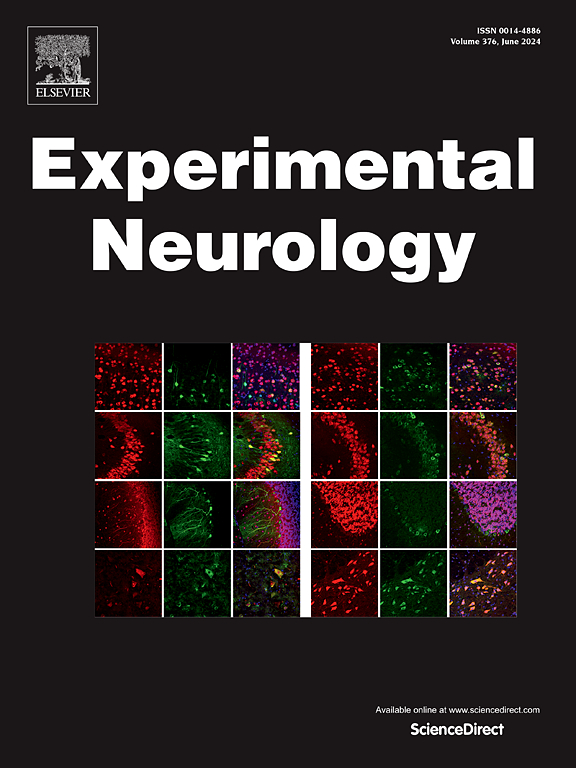Harnessing the potential of long non-coding RNAs in the pathophysiology of Alzheimer's disease
IF 4.2
2区 医学
Q1 NEUROSCIENCES
引用次数: 0
Abstract
Alzheimer's disease (AD), a diverse neurodegenerative disease, is the leading cause of dementia, accounting for 60–80 % of all cases. The pathophysiology of Alzheimer's disease is unknown, and there is no cure at this time. Recent developments in transcriptome-wide profiling have led to the identification of a number of non-coding RNAs (ncRNAs). Among these, long non-coding RNAs (lncRNAs)—long transcripts that don't seem to be able to code for proteins—have drawn attention because they function as regulatory agents in a variety of biological processes. Recent research suggests that lncRNAs play a role in the pathogenesis of Alzheimer's disease by modulating tau hyperphosphorylation, amyloid production, synaptic impairment, neuroinflammation, mitochondrial dysfunction, and oxidative stress, though their precise effects on the disorder are unknown. The biology and modes of action of the best-characterized lncRNAs in AD will be outlined here, with an emphasis on their possible involvement in the pathophysiology of the disease. As lncRNAs may offer prospective prognostic/diagnostic biomarkers and therapeutic targets for the treatment of AD, a greater comprehension of the molecular processes and the intricate network of interactions in which they are implicated could pave the way for future research.
利用长链非编码rna在阿尔茨海默病病理生理中的潜力。
阿尔茨海默病(AD)是一种多种神经退行性疾病,是痴呆症的主要原因,占所有病例的60- 80% %。阿尔茨海默病的病理生理学尚不清楚,目前还没有治愈方法。转录组分析的最新发展导致了许多非编码rna (ncrna)的鉴定。其中,长链非编码rna (lncrna)——似乎不能编码蛋白质的转录本——已经引起了人们的注意,因为它们在各种生物过程中起着调节作用。最近的研究表明,lncrna通过调节tau过磷酸化、淀粉样蛋白产生、突触损伤、神经炎症、线粒体功能障碍和氧化应激在阿尔茨海默病的发病机制中发挥作用,尽管它们对该疾病的确切作用尚不清楚。本文将概述AD中最具特征的lncrna的生物学和作用模式,重点是它们可能参与该疾病的病理生理。由于lncrna可能为阿尔茨海默病的治疗提供前瞻性的预后/诊断生物标志物和治疗靶点,因此对其分子过程和复杂的相互作用网络的更深入了解可能为未来的研究铺平道路。
本文章由计算机程序翻译,如有差异,请以英文原文为准。
求助全文
约1分钟内获得全文
求助全文
来源期刊

Experimental Neurology
医学-神经科学
CiteScore
10.10
自引率
3.80%
发文量
258
审稿时长
42 days
期刊介绍:
Experimental Neurology, a Journal of Neuroscience Research, publishes original research in neuroscience with a particular emphasis on novel findings in neural development, regeneration, plasticity and transplantation. The journal has focused on research concerning basic mechanisms underlying neurological disorders.
 求助内容:
求助内容: 应助结果提醒方式:
应助结果提醒方式:


